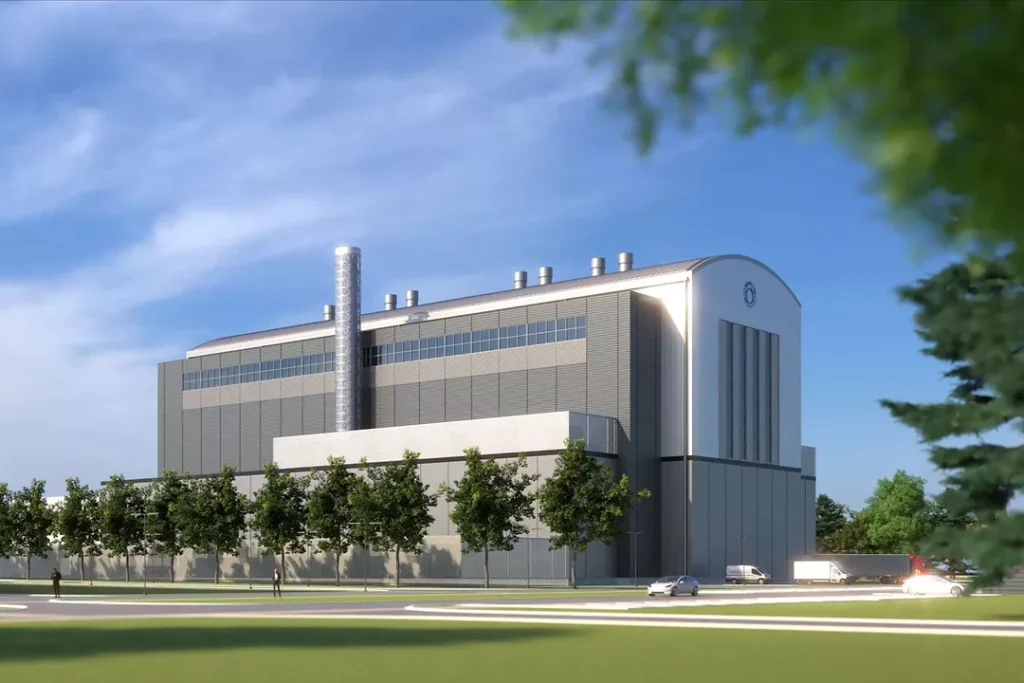quickutilities – Google has announced the site for its first nuclear power plant. Marking a significant step in its clean energy strategy. The company partnered with startup Kairos Power to develop the Hermes 2 plant in Oak Ridge, Tennessee. This small modular reactor (SMR) will supply Google with 50 megawatts of electricity under a long-term agreement with the Tennessee Valley Authority (TVA). The plant is part of a larger plan to provide nuclear energy for Google’s data centers in Tennessee and Alabama.
Read More : Google to Pay Australia $36M Over Mobile Search Deal
The Hermes 2 reactor is the initial project in a 500-megawatt deal that aims to deploy multiple SMRs. The reactors will collectively power Google’s data centers in Montgomery County, Tennessee, and Jackson County, Alabama. Google expects the Hermes 2 plant to start operations by 2030. Representing a milestone in the adoption of nuclear energy by major tech companies.
TVA’s CEO, Don Moul, emphasized nuclear power’s role in future energy security. He highlighted Google’s willingness to share the risks and costs involved with first-of-a-kind nuclear projects. This partnership reduces the financial burden on TVA and ultimately benefits consumers by advancing new energy technologies without significant cost hikes.
Google’s move into nuclear energy showcases. Its commitment to reducing its carbon footprint while ensuring reliable power for its data infrastructure. This step aligns with broader industry trends as Big Tech companies explore innovative energy solutions to support growing computational demands sustainably.
The Future of Google’s Nuclear Power Plan and Its Impact
Google’s deal with Kairos Power represents the first-ever corporate agreement to purchase nuclear power from SMRs. The partnership will scale up to a total capacity of 500 megawatts by 2035, supplying clean, reliable energy to Google’s expanding data center network. Although financial details remain undisclosed, the agreement sets a precedent for private sector investment in next-generation nuclear technology.
The use of SMRs reflects an emerging trend in nuclear energy that focuses on smaller, modular reactors. These reactors offer advantages such as reduced construction times, lower upfront costs, and enhanced safety features. For Google, adopting SMRs promises a steady and carbon-free power source essential for the continuous operation of data centers.
Read More : Google Messages Introduces Auto-Blur for Explicit Images
By integrating nuclear energy into its power mix. Google aims to meet ambitious sustainability targets while addressing the increasing energy demands of cloud services and AI computing. This project could encourage other corporations to explore nuclear power, driving innovation and growth in the energy sector.
In summary, Google’s collaboration with Kairos Power to launch the Hermes 2 nuclear plant highlights the company’s forward-thinking approach to energy. This initiative not only supports its environmental goals but also strengthens the reliability of its data center operations. The success of this project may shape the future of corporate energy sourcing and accelerate the adoption of advanced nuclear technologies worldwide.


